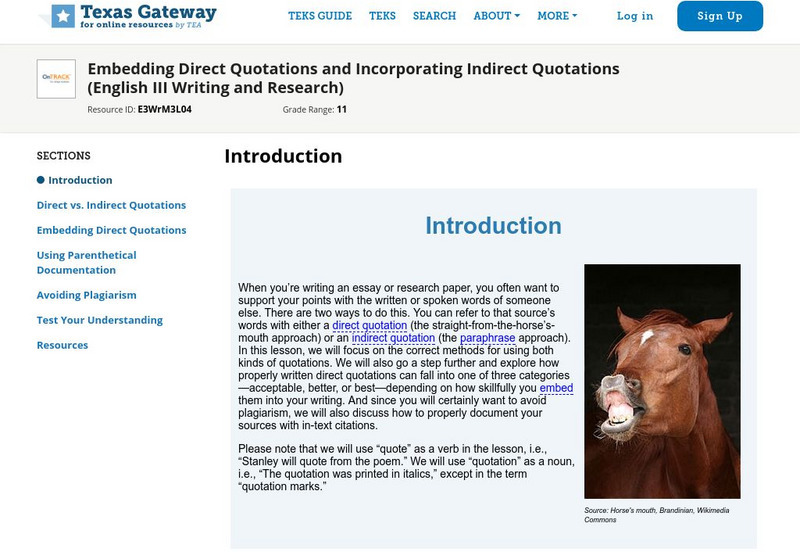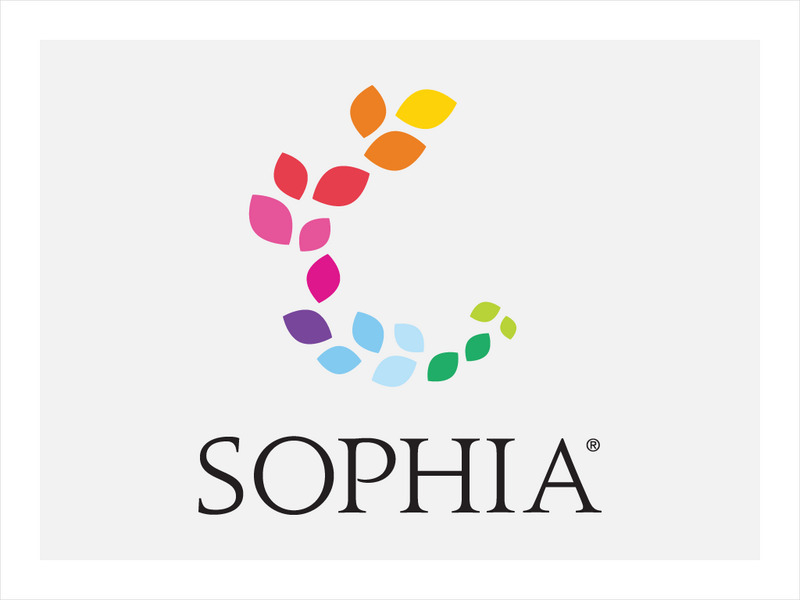Texas Education Agency
Texas Gateway: Citing Material Correctly (English Iii Writing)
In this lesson, students will learn how to decide when they need a source citation, how to cite sources using parenthetical information, and the differences among the citation styles.
Library of Congress
Loc: How to Cite Digitized Primary Sources
Learn from the Library of Congress how to correctly cite the many electronic resources available in their collection. Films, legal documents, photographs, maps, sound recordings and other unusual cases are covered. Be sure you click on...
Lumen Learning
Lumen: Using Sources: Using Online Citation and Reference Tools
This lesson focuses on using online citation tools and being aware that they make mistakes that must be corrected. W.9-10.8 Sources
Alabama Learning Exchange
Alex: Searching for and Citing Digital Sources
Students will locate, retrieve, store, and correctly cite digital information for research projects.
Goodwill
Gcf Global: Use Information Correctly
In this tutorial, learn how to use information correctly to create quality content while protecting others' intellectual property.
Alabama Learning Exchange
Alex: Shakespeare/romeo & Juliet Wiki
Students will self-select a teacher-supplied topic and work collaboratively with group members from their class, as well as group members from other classes (or schools) to create a wiki demonstrating their knowledge of Shakespeare, his...
Texas Education Agency
Texas Gateway:using Reference Guides for Citations(english Iii Writing/research)
Use the Modern Language Association (MLA) style manual to check that you are citing your sources correctly.
Texas Education Agency
Texas Gateway: Embedding Direct Quotations and Incorporating Indirect Quotations
This lesson focuses on the correct methods for using both direct and indirect quotations. We will explore how properly written direct quotations can fall into one of three categories: acceptable, better, or best, depending on how...
Sophia Learning
Sophia: Supporting Details Explained
This slideshow focuses on supporting details; it discusses their purpose, the audience, and the point to be made. It lists the five most common types of supporting details: facts, statistics, opinions, examples, and personal observations...








